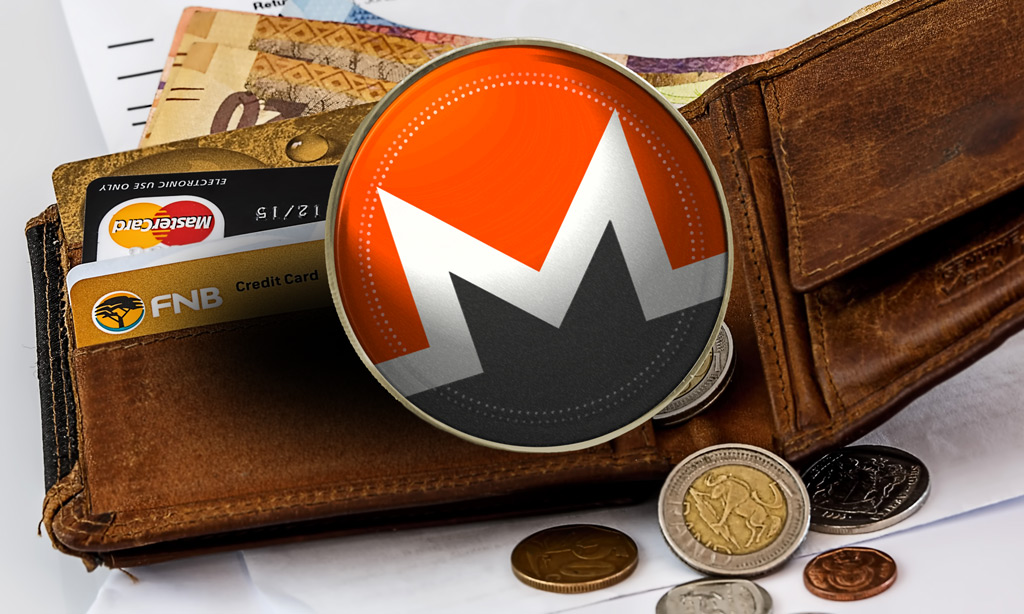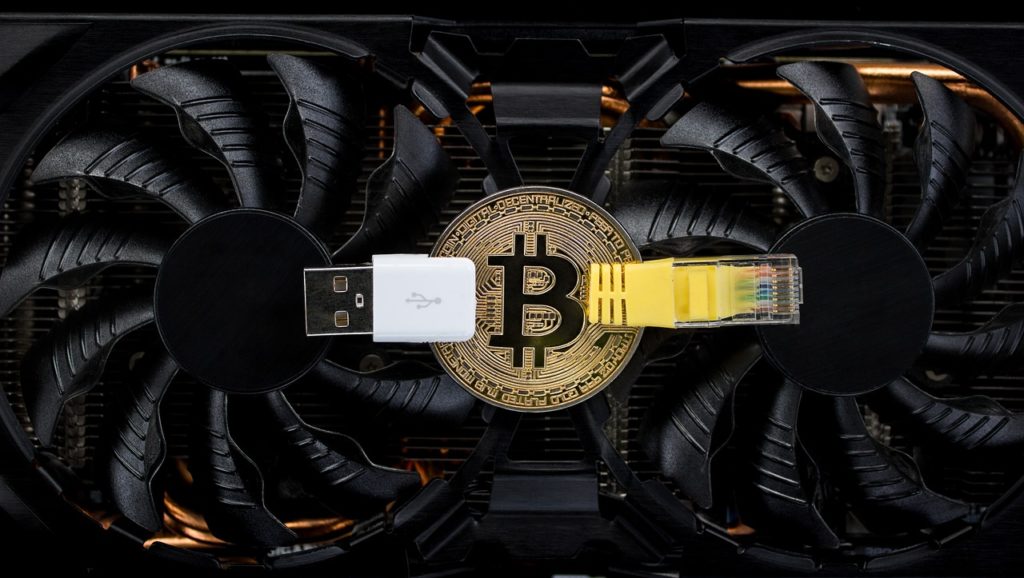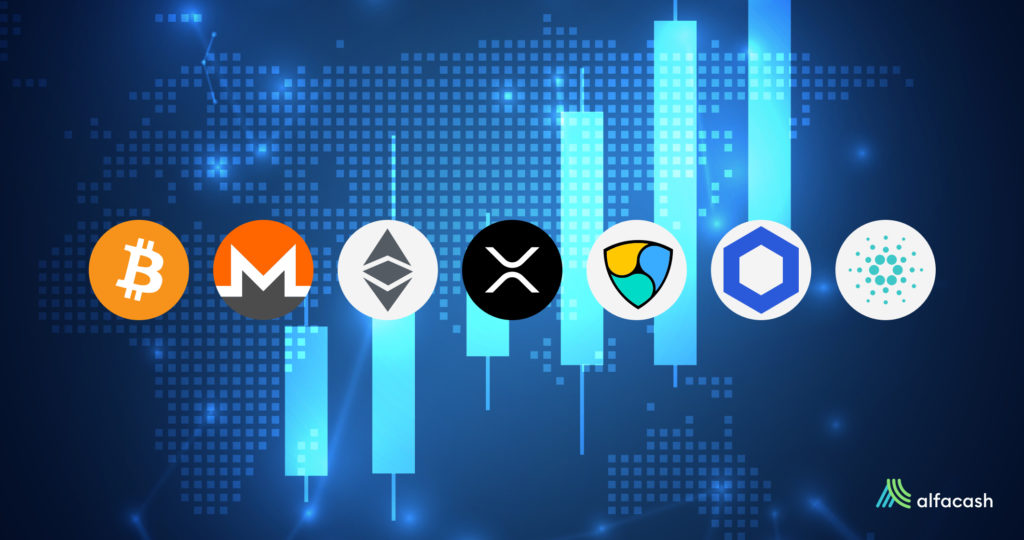This year has been wild for the whole cryptocurrencyA digital currency running on a blockchain and built with cryptography. Contrary to central-bank issued currency, cryptocurrency issuance rules are... More market (and for the world in general, of course). Pandemic, uncertainty, markets crashing, people getting sick and scared… that’s a nice recipe for a financial mess. Despite all this, the crypto-market not only survived but thrived a lot in these months. That’s why we can list now the best crypto performers of 2020.
BitcoinBitcoin is the first decentralized digital currency. It was created in 2009, by an anonymous founder or group of founders... More it’s included, clearly, since it has surpassed by far its last All-Time-High (ATH). However, it’s not alone regarding an almost explosive growth this year. Let’s check then the cryptocurrencies that performed best on prices and capitalization during the past year, and why.
But before, let’s note that we didn’t include here any DeFi token barely created this year, but the older and established cryptos.
XRP / 190.6%+

This cryptocurrency was created in 2013 by the company Ripple Labs, and it’s used mainly by them and their financial customers. The platform RippleNet offers global payments through the blockchainBlockchain is a type of database storing an immutable set of data, verifiable to anyone with access to it —through... and counts 300+ members in 40+ countries to date.
This year, besides other new features, Ripple launched in October a new credit line for the institutional customers of their service On-Demand Liquidity (ODL). This allows companies to purchase XRP from Ripple on credit, and they’ll only pay a one-time fee for it.
Maybe as a result of it and some good signs in U.S. regulations by then, XRP price held a nice rally in November (137%+). Its total 2020 increase till December 22 was over 190%, but that sadly changed with the bad news by the U.S. Securities and Exchange Commission (SEC).
Currently, Ripple Labs it’s facing a lawsuit by the SEC, for allegedly having carried out a “$1.3 Billion Unregistered Securities Offering”. XRP price has lost 60% and some exchanges are delisting it as a direct consequence, but this legal battle is barely starting.
Monero (XMR) / 249.2%+

Despite the governmental trend this year against privacy (and especially against privacy coins), Monero has experienced a non-stop rally the whole of 2020; with peaks in February, October, and December. This is maybe due to the recent improvements on its protocol, including the changes implemented with the hardfork (update) Oxygen Orion in September.
Faster and lighter transactions, along with support for a new type of ring signatures known as CLSAG (Concise Linkable Spontaneous Anonymous Group) have made this currency more and more attractive to the ones in the search for maximum privacy level. And such is the demand that last November, Monero reached an ATH on the number of transactions, with 21.287+ on the same day.
Contrary to Ripple and XRP, we can say Monero doesn’t need to be on the bright side of the lawmakers, and that’s why its price hasn’t been affected by the constant criticism. Not even by the exchanges delisting it and some bans this year. XMR price has grown at least 249.2%+ year-to-date (YTD), and some people have actually got rich by holding it.
Bitcoin (BTCAn abbreviation for Bitcoin.) / 280.1%+

No, Bitcoin isn’t on the first list positions, despite all the attention. However, its growth this year has been significant, to say the least, having surpassed several ATHs in the same fortnight. That’s mainly thanks to institutional investors worldwide, but the retail investors have something to do with it as well.
Besides, Bitcoin Core (the main Bitcoin software client) implemented the protocols Taproot and Schnorr to improve its privacy, smart contracts, and scalability. Lightning Labs has also been working to spread the use of Lightning Network (LN) with Bitcoin. This implies faster and cheaper transactions and new extra features that can lay the foundation for new functionalities on this blockchain.
The third halving on its blockchain (which reduces by half the rewards for the miners) was also held in May this year. And now the logic “fewer coins = more value” it’s making great sense on the price.
It’s believed that regulations for cryptocurrencies worldwide may intensify next year, but at least Bitcoin has good predictions ahead. For now, its price earned over 280.1% YTD, and the lawmakers are more interested in another type of asset (like stablecoins and security tokens).
Cardano (ADA) / 378.7%+

The development team of this crypto has been busy this year. Cardano left behind in February its old algorithm, Ouroboros Classic, and now it’s working with Ouroboros BFT (Byzantine Failure Tolerance). This translates to greater speed and security in transactions, but that’s not all.
With Ouroboros BFT running, the arrival of the Shelley phase took place in July, opening the “mining doors” to the whole community. Previously, in the Byron phase, Cardano production was centralized. Only Cardano Foundation, Emurgo, and IOHK were able to verify transactions.
Now, on Shelley, anyone in the community can do this and receive rewards, since it’s a decentralized Proof-of-Stake (PoS) algorithm. Plus, they announced this December a partnership with Bondly Finance to implement new DeFi functionalities into this blockchain.
As a result of all this, ADA price has grown at least 378.7% in 2020. And its team isn’t resting so much, because they already announced a new pack of updates dubbed “Goguen”, planned by February 2021. With these, they’ll improve the smart contracts, Dapps, and the ability to use native tokens.
Ethereum (ETH) / 436.3%+

Well, maybe the obvious reason for this growth is still around: Decentralized Finance (DeFi) ecosystem. This has been undoubtedly the year of DeFi platforms and tokens, and Ethereum is still the favorite blockchain to build them. As indicated by DeFi Prime, there are 211 projects of this type in existence, and 199 of them are hosted by Ethereum. That means 94.3% of the whole DeFi platforms.
Inside that figure, according to DeFi Pulse, there are $14.5B locked for investments and yield farming. Most of it remains within the Ethereum blockchain, which means that to transact with it, everyone should own and pay fees in ETH.
Beyond this, Ethereum 2.0 started its existence as a Proof-of-Stake (PoS) cryptocurrency in December, with a great reception. According to Glassnode, its deposit contract holds more than 1,500,000 ETH. They’re equivalent now to over 1B dollars, and they won’t be usable till the rest of Ethereum 2.0 it’s finished in the next year(s). For now, we can enjoy a 436.3%+ YTD increase in ETH price.
Chainlink (LINK) / 587%+

Probably, the reason behind the meteoric growth for Chainlink is the same as for Ethereum: DeFi. These platforms are built with smart contracts, and they need a lot from the off-chain data, i.e., real-world information. Chainlink and its native token, LINK, offer to be this bridge (oracle) between smart contracts and the outside world. It’s built on Ethereum, but it works for any other blockchain as well, and keeps numerous DeFi projects running.
Curiously enough, despite the 587%+ YTD increase in its price, LINK has faced some polemics this 2020. A fake report pointed it as a big fraud last July, arguing that its founders (Sergey Nazarov and Steve Ellis) were just creating and promoting a large pump-and-dump scheme by misusing the LINK token and constantly sell it from its personal reserves. Of course, “fake” it’s the keyword here, although it’s true that their devs sold at least $40M in August.
Such a report was disguised behind the firm Zeus Capital. And this firm is now accusing Chainlink of basically hacking the flash loans on DeFi (by taking advantage of its oracle offer) to benefit the same founders. Apparently, Zeus Capital it’s waiting that the U.S. Securities and Exchange Commission (SEC) take measures against Chainlink, as they did with Ripple Labs.
NEM (XEM) / 625%+

This blockchain was launched in 2015, and it’s possible to create the so-called “smart assets” with it. These internal tokens can represent a physical asset (like a car or house), or digital ownership of some kind. Besides, NEM is acting as a bridge between private blockchains (developed by companies, organizations, and governments) and public blockchains (open-source platforms and common cryptocurrencies).
Along these same lines, we can mention that the Bank of Lithuania launched last July the collectible token dubbed “LBCOIN” to commemorate its independence. Of course, using NEM as the main blockchain. But this it’s just a detail in the NEM trajectory this 2020.
Its native token, XEM, also started the year by joining the accommodation booking service Travala. But probably the most important reason for its meteoric price rise of 625%+ YTD is the next Symbol launch. This is a kind of NEM 2.0 that will offer its blockchain services and its own token (XYM) to companies worldwide.
But the bottom line for the old users is they can claim their XEM balance till September 15th on the new Symbol chain, in the form of XYM tokens, at a 1:1 rate. So, if they had 100 XEM (for example) by September 15th, they can also have 100 XYM when the new chain it’s launched on January 14th, 2021.
No wonder that NEM has increased by that percentage, then: everybody wants to double their funds, even if we still don’t know how much will cost the XYM token.
Wanna trade BTC, ETH, and other tokens? You can do it safely on Alfacash! And don’t forget we’re talking about this and a lot of other things on our social media.
Twitter * Telegram * Instagram * Youtube *Facebook * Vkontakte








